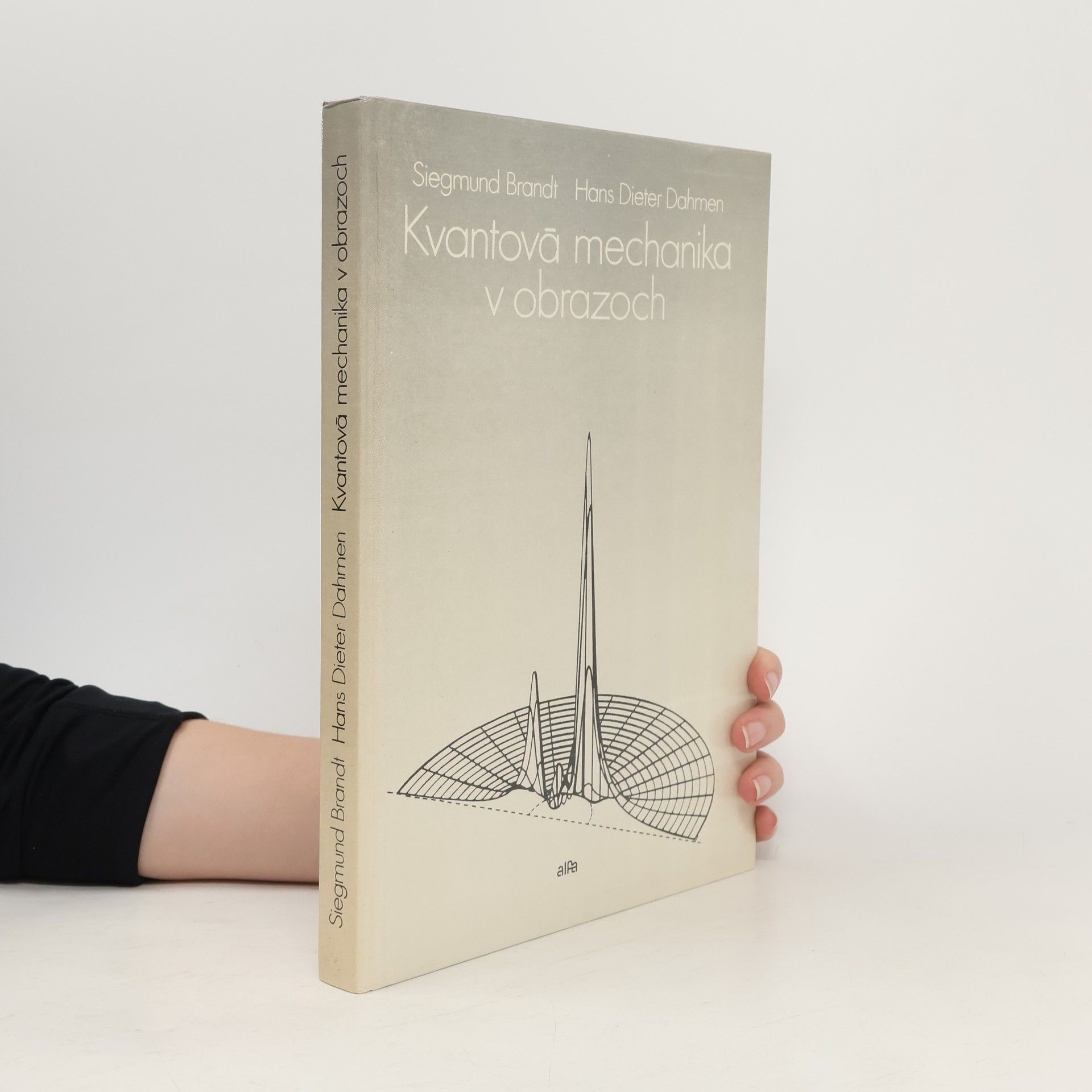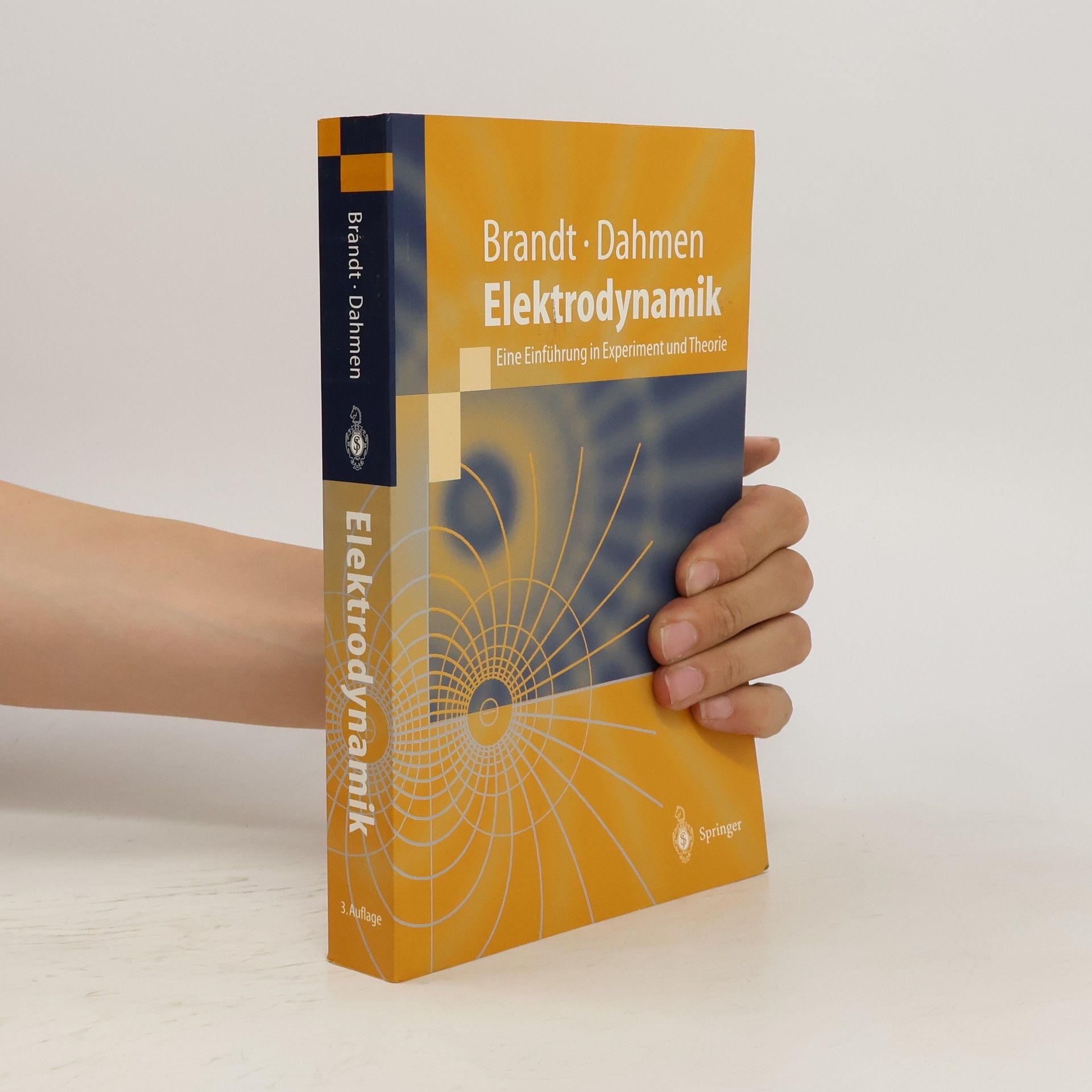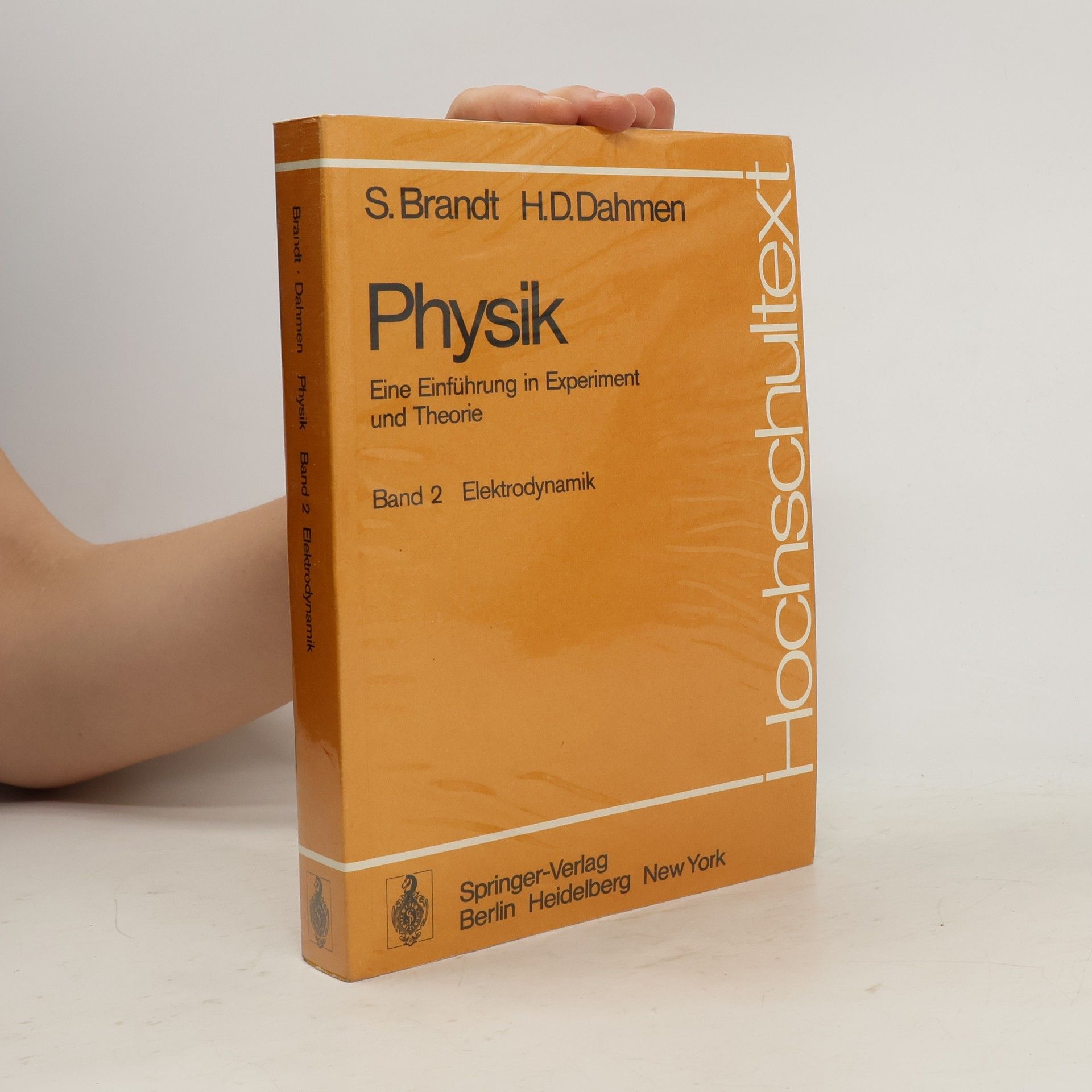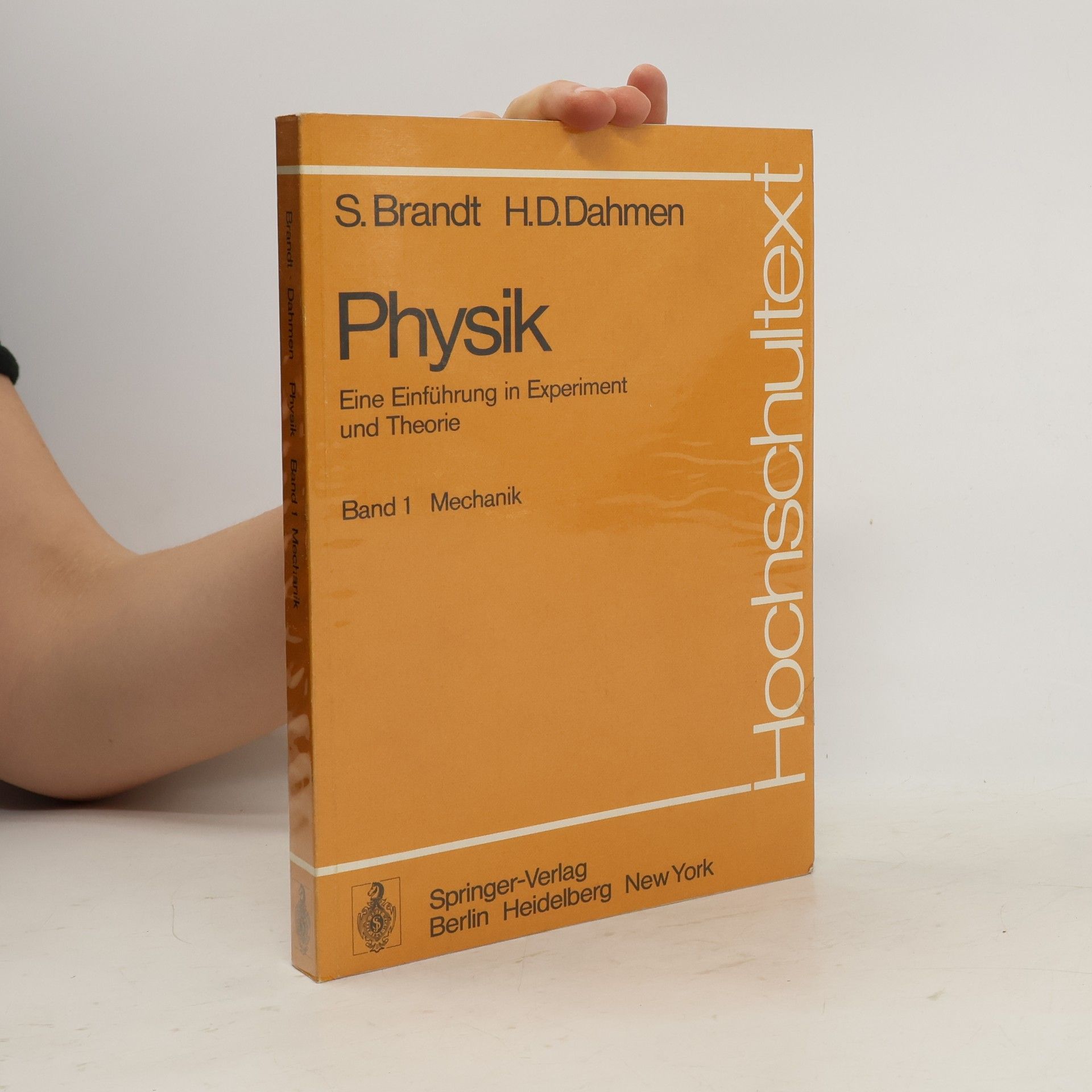The picture book of quantum mechanics
- 423 pages
- 15 hours of reading
The Picture Book of Quantum Mechanics enables students to understand wave mechanics intuitively by graphically illustrating the time evolution and parameter dependence of wave functions in a wide variety of situations. It includes 200 computer-generated solutions of the Schrodinger equation for one- and three-dimensional systems generated by Brandt and Dahmen's Interquanta program.





